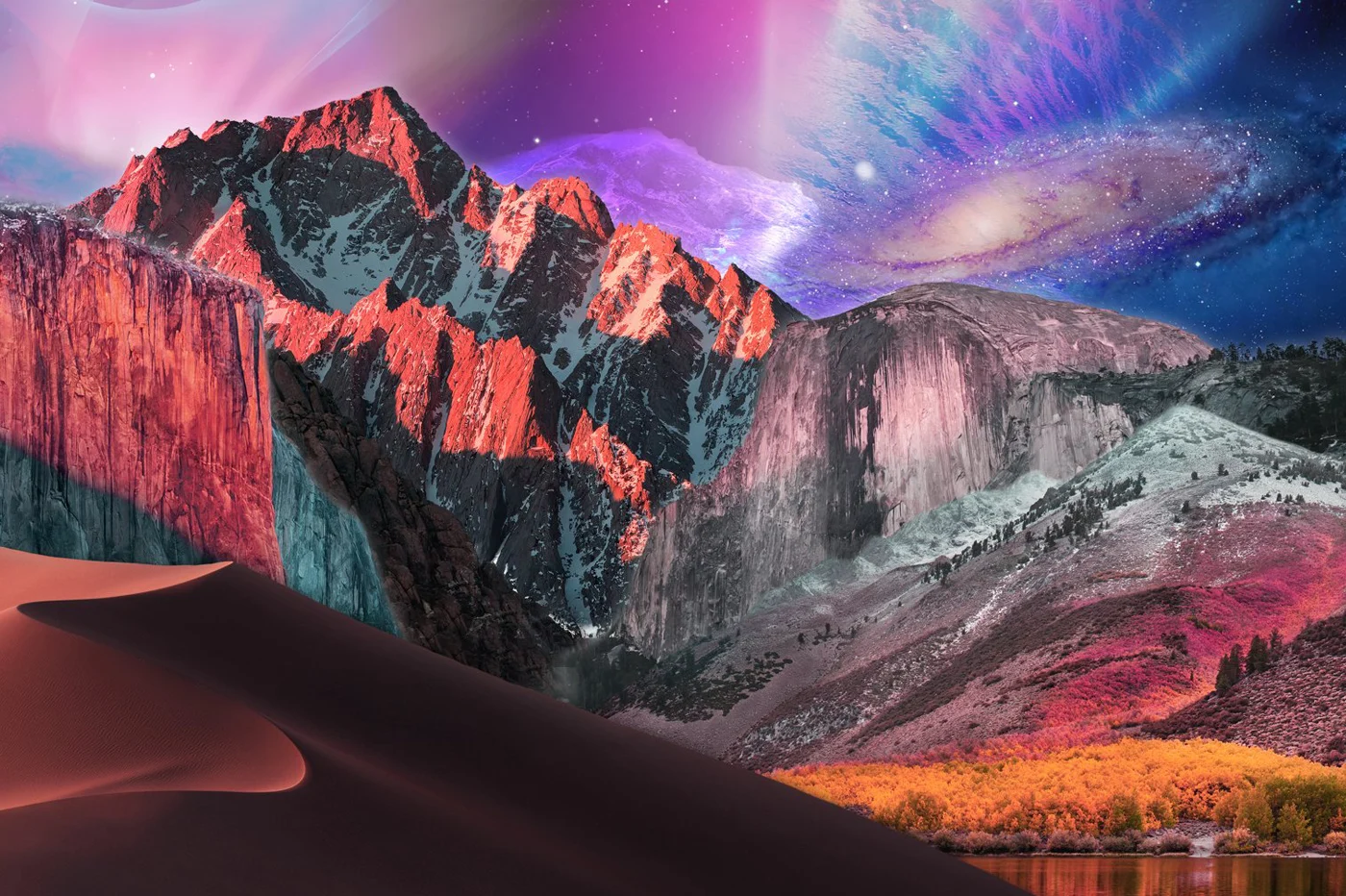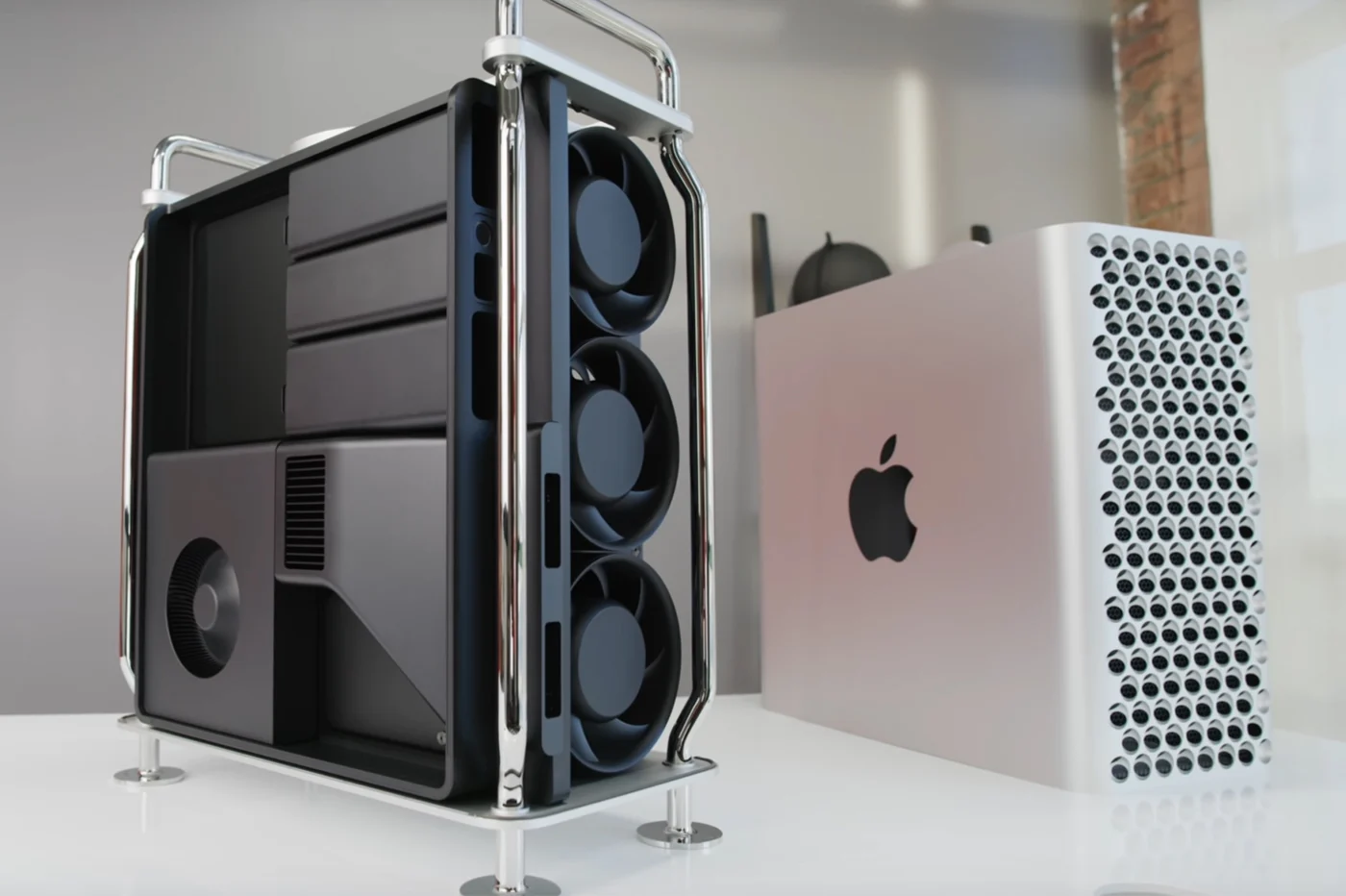Last Tuesday Apple presented the iPhone 15. At the same time ANFR, the national frequency agency, issued an unfavorable opinion on the iPhone 12. The Apple brand's phone had been examined withwave emission rates that are too high compared to European requirements.This difference in the SAR (specific absorption rate) of the iPhone 12 has led to numerous reactions in France and more generally in Europe.
Last Wednesday, the minister in charge of digital affairs, Jean-Noël Barrot, spoke about this issue. He clearly explained that yes the iPhone 12 had exceeded the limits set by the ANFR, but thatthe telephone was not a danger however.
Belgium is carrying out its investigation
He gave, as is the procedure, 15 days to Apple to correct the situation and carry out an update to reduce the DAS signal of the iPhone 12. After a few days of complex negotiations,Apple agreed to update its phone. While waiting to see this update arrive, other European countries have looked into the issue of DAS and examined the iPhone 12 in more detail.
This is particularly the case of our Belgian neighbors who have just announced the launch of a procedure for total re-evaluation of the wave emissions of the iPhone 12. More generally, the Belgian Secretary of State asked the BIPT- BIPT (the national regulator) to carry out an in-depth analysis on all recently designed iPhones and phones.
This investigation, which should take at least a few weeks, should deliver its conclusions before the end of October. It will be interesting to see if the data collected on the iPhone 12 varies before and afterthe update promised by Apple.
The iPhone 12, not Apple's priority
Although threats of bans are growing day by day across Europe, Apple is distancing itself from the problem. The Cupertino company removed the iPhone 12 from its shelves last week, making way for the iPhone 15. A usual procedure at Apple.
To get an iPhone 12 in Europe, you have to go to a third-party seller, Apple has already made its margin on the device, whether you buy it or not. Ultimately the biggest constraint for Apple would bea massive reminderdevices to correct them. This hypothesis is, however, very rare. Since its creation in 1997, the ANFR has never taken such a measure.





